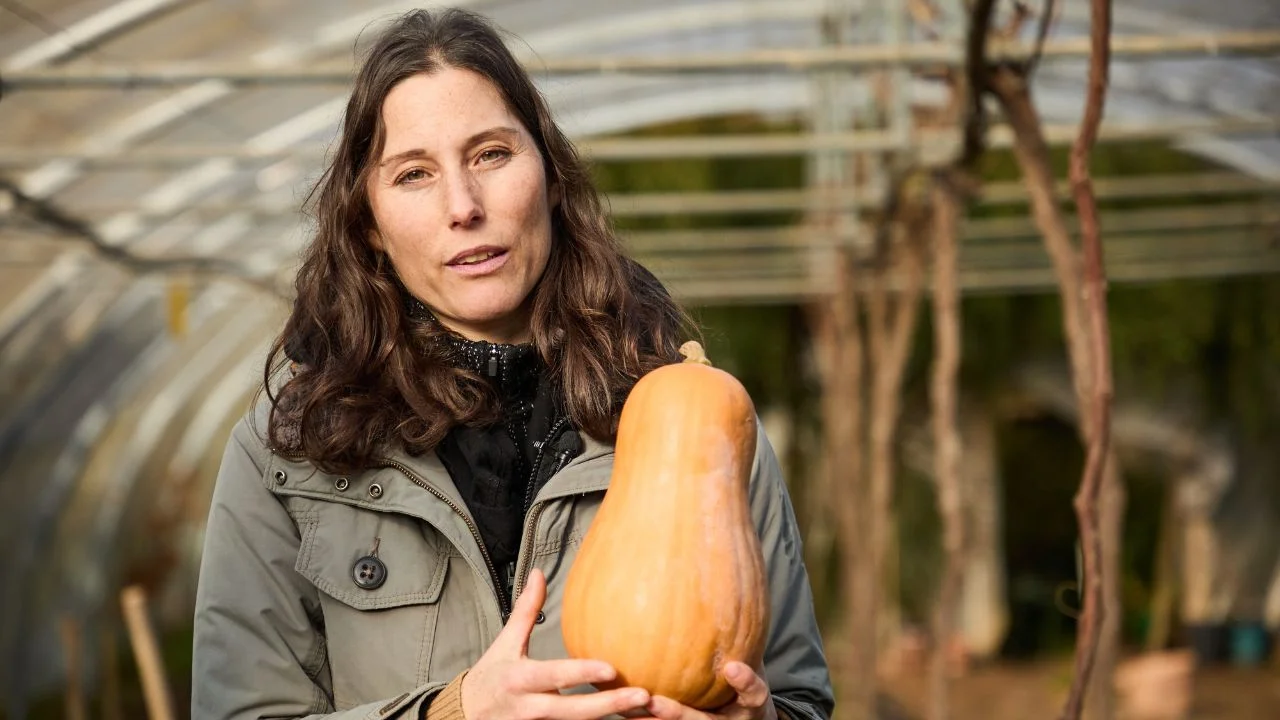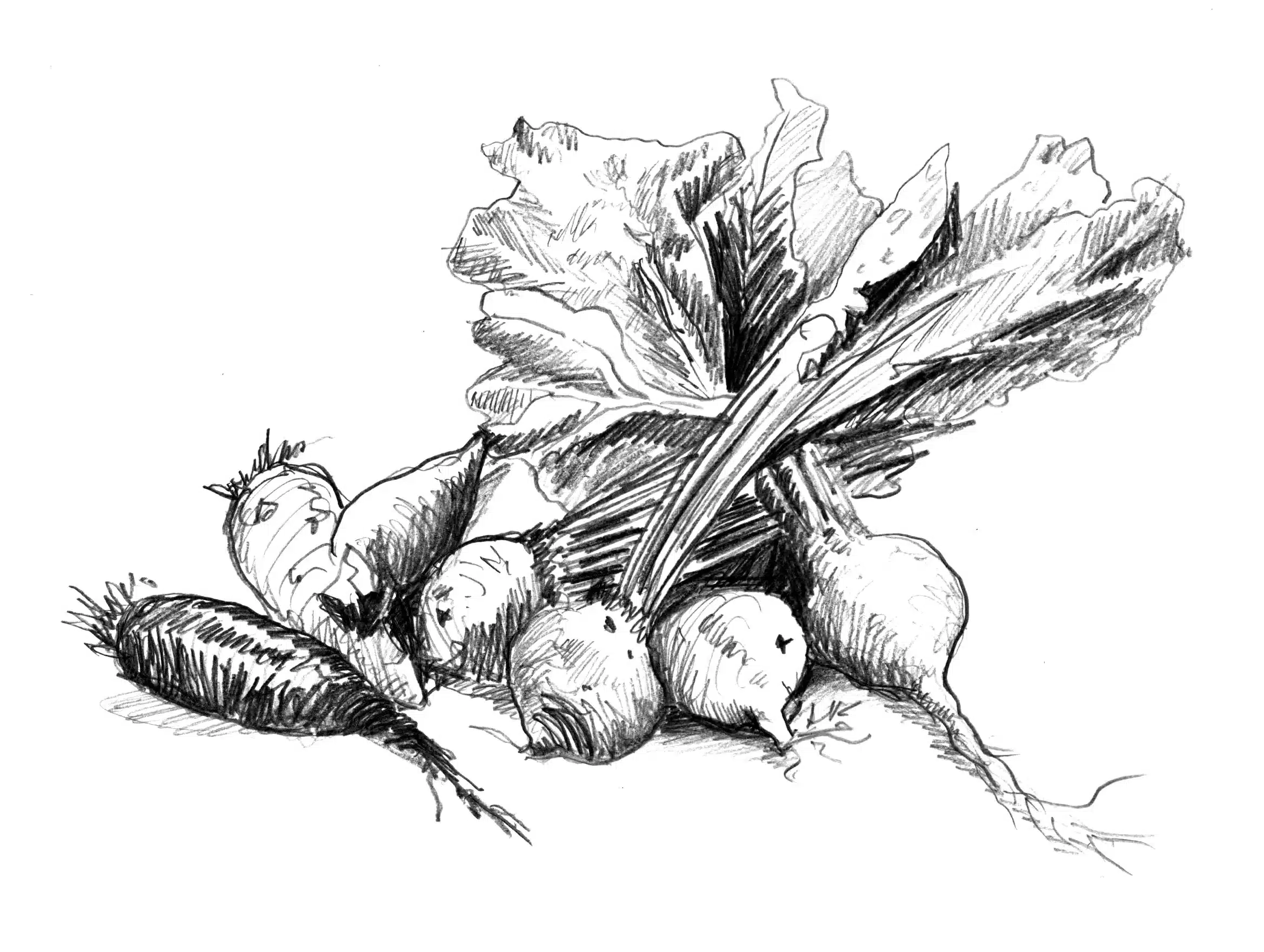

FANNY MOYSE : In Search of Lost Vegetables
Wanted: Forgotten Vegetables
Like a Private Detective armed with a wanted notice and sketches of vegetables, Fanny roams the Centre-Val de Loire in search of forgotten gems of biodiversity.
Melon Sucrin de Tours, Grosse Hâtive d’Orléans, Âne du Berry… Behind these vibrant names lie ancient varieties of fruits and vegetables, as well as local animal breeds—many of them on the brink of disappearing.
A Seed of an Investigator
Fanny’s quest, her deep love for species and their diversity, has been ingrained in her since childhood. As a little girl, she spent hours wandering along pathways, through farmers’ fields and orchards.
“I was like a squirrel,” she recalls. “I picked everything, fascinated by the differences in size, shape, and texture. I asked endless questions about seeds, crops, and grafting. It helped me understand the history of genetics.”
The agronomist who now works at URGC, fiercely dedicated to protecting biodiversity, was already taking root back then.
Desperately Seeking Forgotten Vegetables
Fanny uncovers these endangered botanical treasures through word of mouth, which has already led to the rediscovery of over 45 forgotten varieties.
“People don’t even realise they have real gems hidden away in their attics,” she smiles.
Once found, Fanny and her team pass these varieties on to researchers at INRAE and seed producers. A meticulous process follows—confirming the plant’s identity, heritage value, and proper documentation. Then, Fanny and her network of market gardeners conduct field trials to test their viability.
“Just this year alone, we’ve discovered ten new varieties thanks to witness appeals and our network of collectors and researchers!” she enthuses.
Having the Commitment Gene
By rescuing these forgotten varieties, Fanny is not only safeguarding a form of living heritage. She is also playing her part in maintaining biodiversity and strengthening food security. Genetic diversity helps plant species better withstand climate change, environmental fluctuations, and disease.
“Genetic variation is a strength—it is essential to preserve it.”
Today, this vital movement for conservation brings together both citizens and farmers, united in their commitment to protecting our agricultural heritage.

